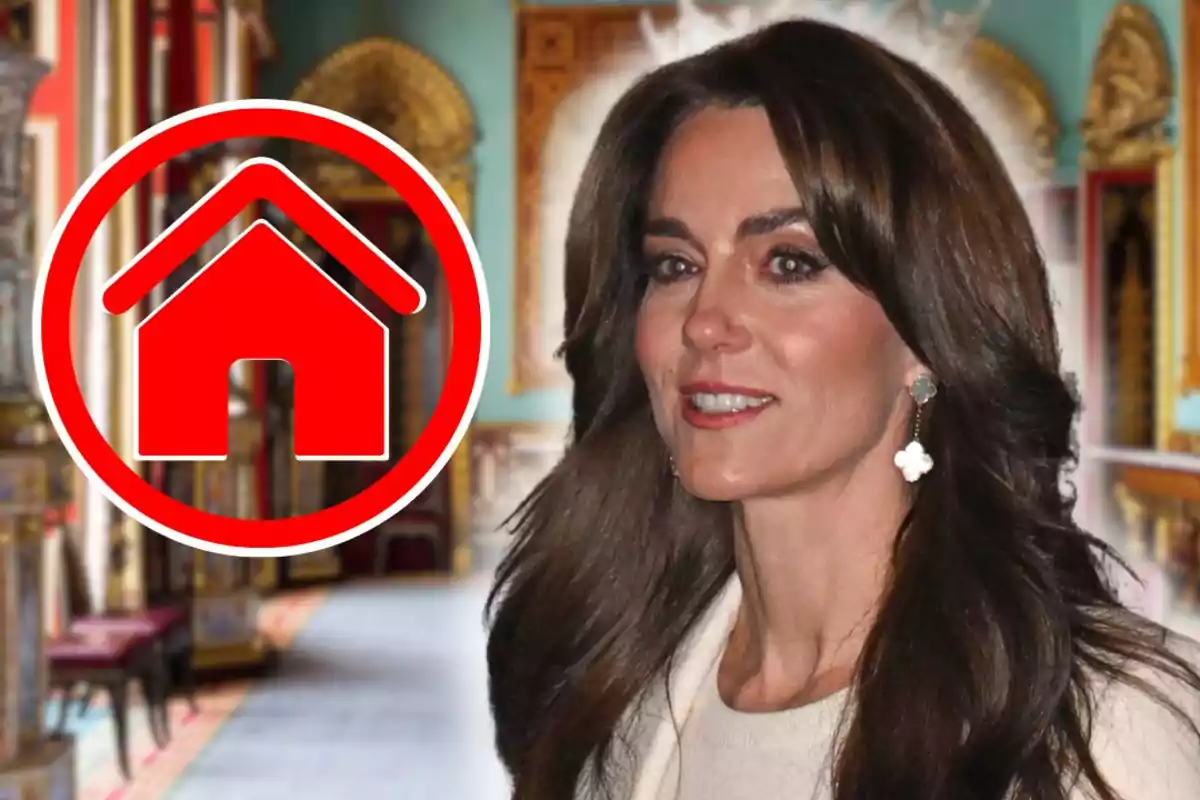Wednesday's Royal Ascot session promised a spectacular reappearance by the Princess of Wales alongside Prince William. However, in a last-minute twist, the schedule was shaken, leaving followers and media expectant about the intricacies of this royal decision.
An almost carriage-side cancellation
Just a few dozen minutes before the start of the carriage parade, Kate Middleton's name disappeared from the official program. She had been scheduled to accompany William in the second carriage.
According to Kensington, the princess felt "disappointed" but it was necessary to "find the balance" after her public return following her battle with cancer. In just half an hour, the prince moved to the first carriage, escorted by his father and Queen Camilla, an adjustment that showed the absence was sudden but coordinated.
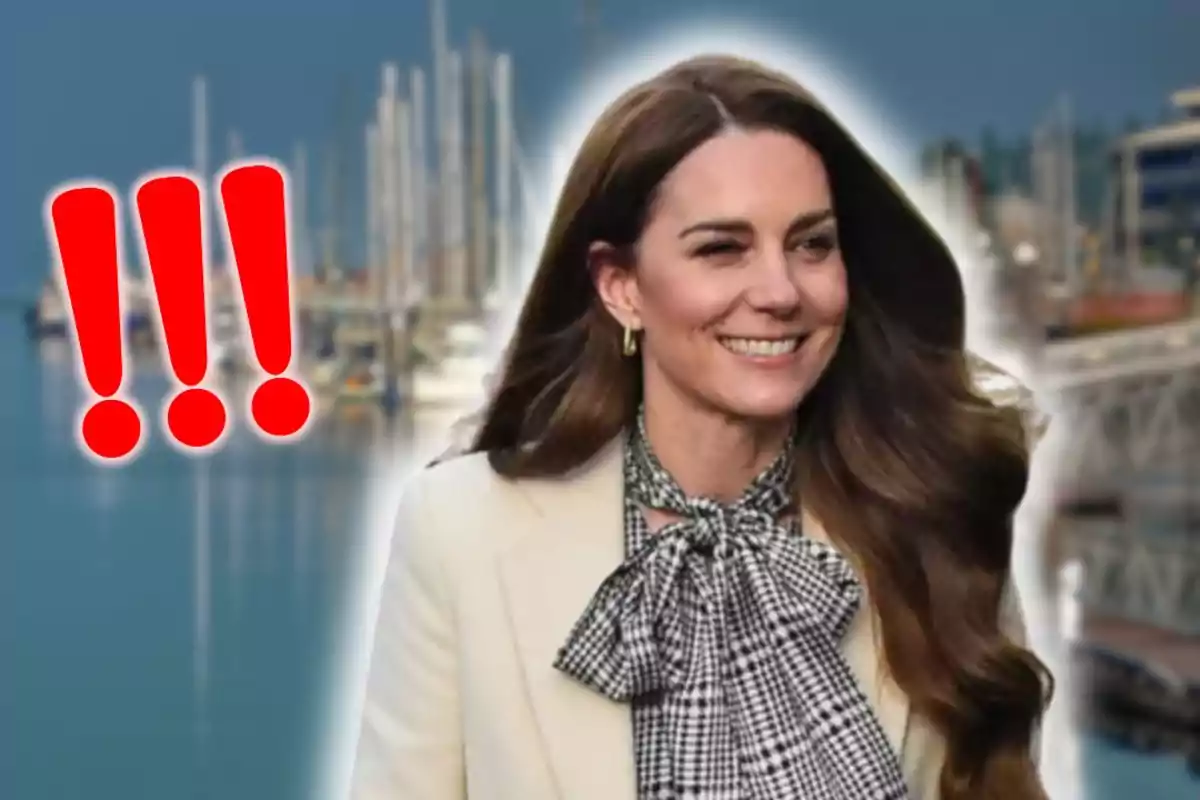
The change sparked some confusion inside the Palace, described as "chaos and panic" by people close to the British media. Despite the internal commotion, the royal environment wanted to emphasize that it was not a medical emergency, but a decision aimed at the princess's well-being.
A royal expert brings calm to the commotion
Specialist Russell Myers, from "The Mirror," highlighted the importance of respecting Kate's timing at this stage. "There's no greater indication that someone recovering from cancer needs to take things slowly."
He recalled that, after announcing her remission in January, she herself emphasized that she would return gradually, a message she has backed up with her recent schedule. Myers also mentioned the intense heat that has accompanied this week's events, noting that after fulfilling Trooping the Colour and the Order of the Garter, for Kate "it may have been too much."
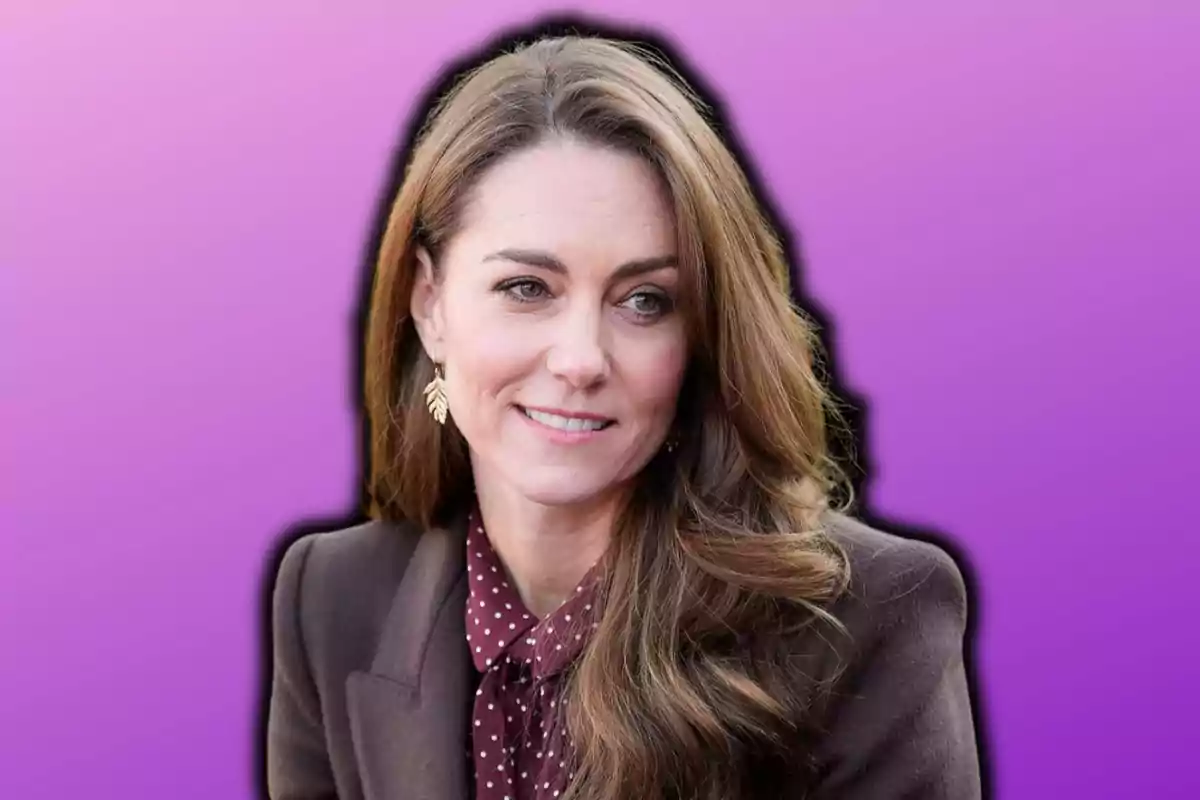
The chronicle of a busy week
Kate started the week with a visit to the V&A East Storehouse museum and continued to shine at the traditional Trooping the Colour military parade on June 14. Just two days later, on the 16th, she returned to official events in Windsor for the Order of the Garter. At the same time, the British heat wave increased the physical effort required for any outdoor event.
Although Royal Ascot is not an essential commitment, its importance as a date for British high society makes it a highly symbolic event. In 2024, Kate was already absent due to her cancer treatment, and this year caution continues to guide her appearances hola.com.
The family shows unity
While Prince William took the reins of the parade naturally, he showed a calm image alongside his mother, Carole Middleton, and his sister-in-law Alizée Thévenet, who attended to support the family. Royal followers on social media interpreted this support as a sign of emotional restraint and unconditional backing.
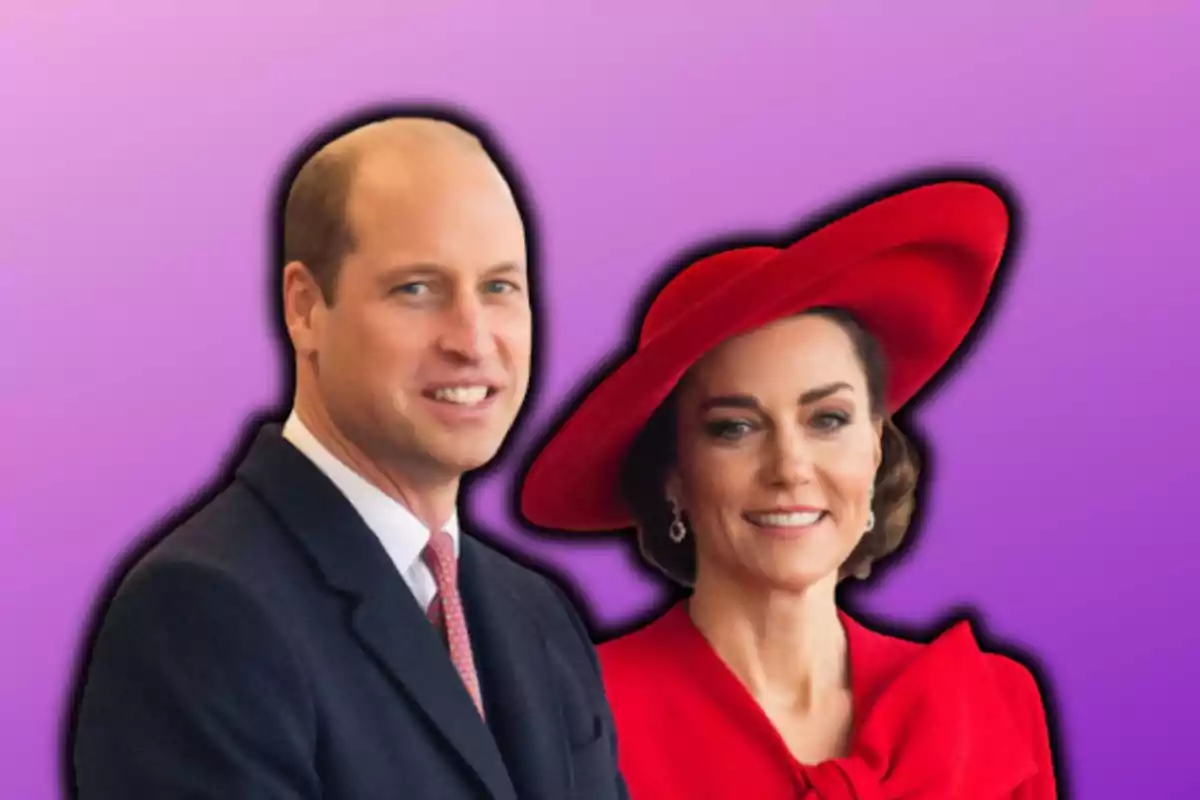
On social platforms, many praised Kate's self-care and the message she sends about the mental and physical health of public figures. They also highlighted the change in royal communication, increasingly focused on their causes rather than their wardrobe.
A purposeful return
This episode reveals a clear line in Kensington Palace's strategy: adjusting Kate's appearances to meaningful commitments, without forcing her natural pace. Each appearance becomes a statement of strength and purpose, rather than an act of protocol.
With a focus on charitable causes—including her role as co-patron of The Royal Marsden—the princess shows that a triumphant return depends on personal sustainability and measurable impact.
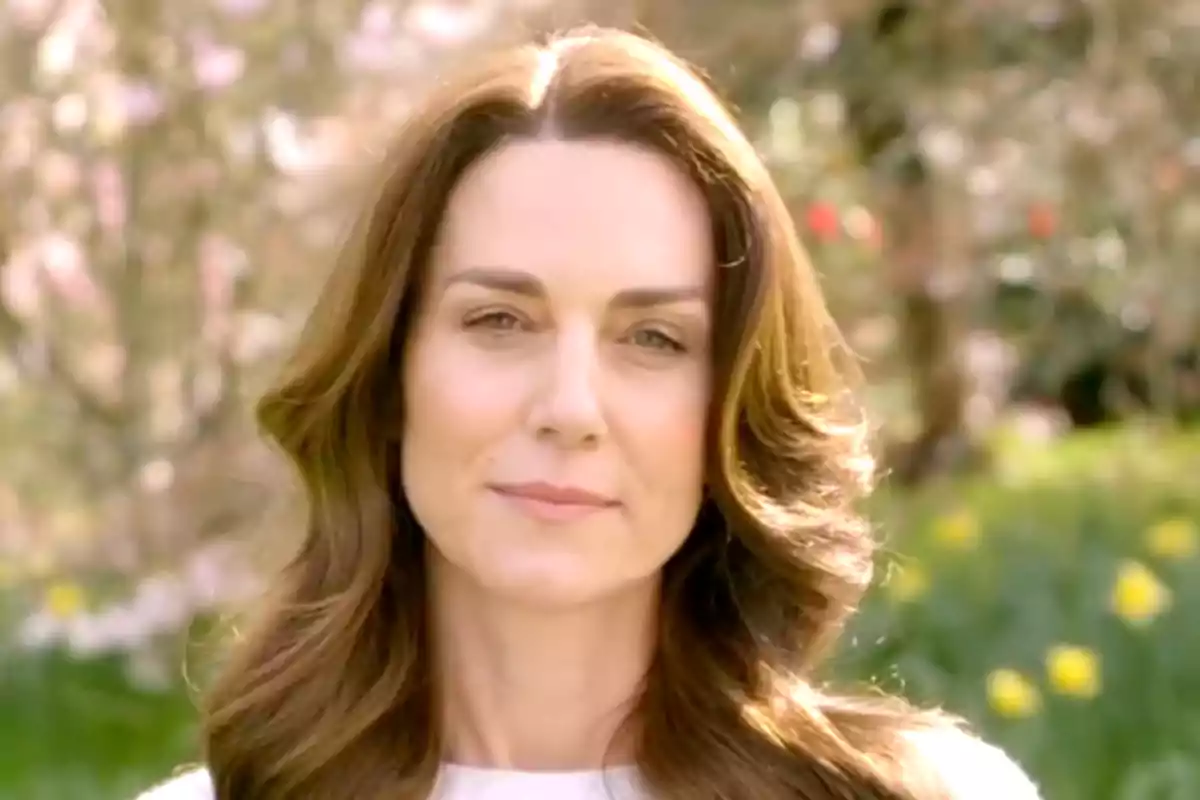
Ascot redefines the princess's return
Kate's absence from Ascot doesn't imply a withdrawal, but a tactical pause. What may come next could be another event where her presence carries symbolic weight. Until the festival closes on June 21, she could still surprise.
Her team has already made it clear that every appearance from now on will be considered and full of meaning. With a path marked by caution, Kate's approach reflects the new pace of the modern royal role.
